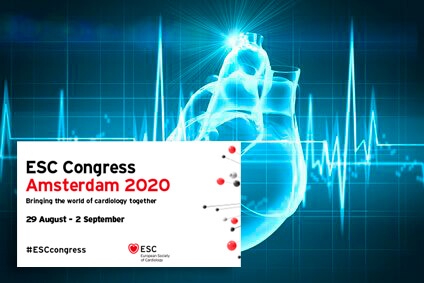New guidelines for the diagnosis and treatment of atrial fibrillation (AF) were released at the 2020 European Society of Cardiology (ESC) virtual congress. This document incorporates several findings from the latest clinical trials, but also represents a great shift in terms of how physicians from different specialties should classify and manage arrhythmia after confirming the diagnosis.

The new guidelines emphasize that, in order to start treatment, you first need to document the arrhythmia. In that sense, the recommendations promote the use of ECG to that end.
That may seem obvious to cardiologists, but patients often complain about palpitations or compatible symptoms before other specialists, who underestimate such symptom. In the best of cases, they conduct an ECG on the spot, when the patient may have reverted spontaneously to sinus rhythm.
New guidelines emphasize active and constant search.
After confirming the diagnosis of atrial fibrillation, the next step is its characterization. The standard practice used temporal patterns, such as ‘paroxysmal’ (persistent or permanent), but this classification has many limitations.
Read also: ESC 2020 | Post PCI Trimetazidine: No Adverse Events or Great Benefits.
The new guidelines propose a new classification dubbed “4S-AF.” This refers to 4 items: stroke risk, symptom severity, severity of A-fib burden, and substrate severity.
Stroke risk can be estimated using the CHA2DS2-VASc.
Symptom severity can be assessed using the EHRA score or other similar tools.
Read also: ESC 2020 | Against the Grain, ASA Monotherapy Appears Superior after TAVR.
Severity of A-fib burden can be ascertained using duration time, spontaneous reversion to sinus rhythm, etc.
Finally, substrate severity can be estimated through age, comorbidities, atrial enlargement, and fibrosis.
Scores and supplementary studies may change over time, but the 4S-AF strategy will remain.
Original Title: 2020 ESC Guidelines for the diagnosis and management of atrial fibrillation developed in collaboration with the European Association of Cardio-Thoracic Surgery (EACTS).
Reference: Hindricks G et al. European Heart Journal (2020) 00, 1125.
Get the latest scientific articles on interventional cardiologySubscribe to our weekly newsletter
We are interested in your opinion. Please, leave your comments, thoughts, questions, etc., below. They will be most welcome.


